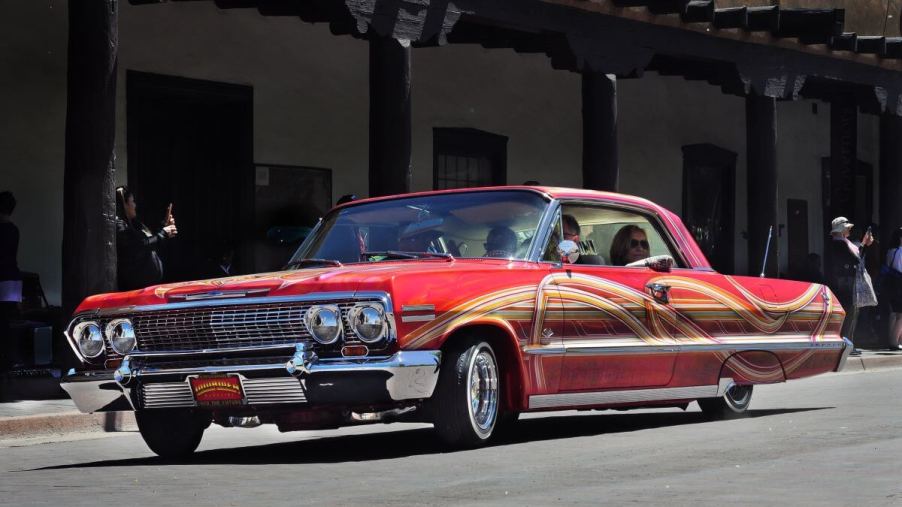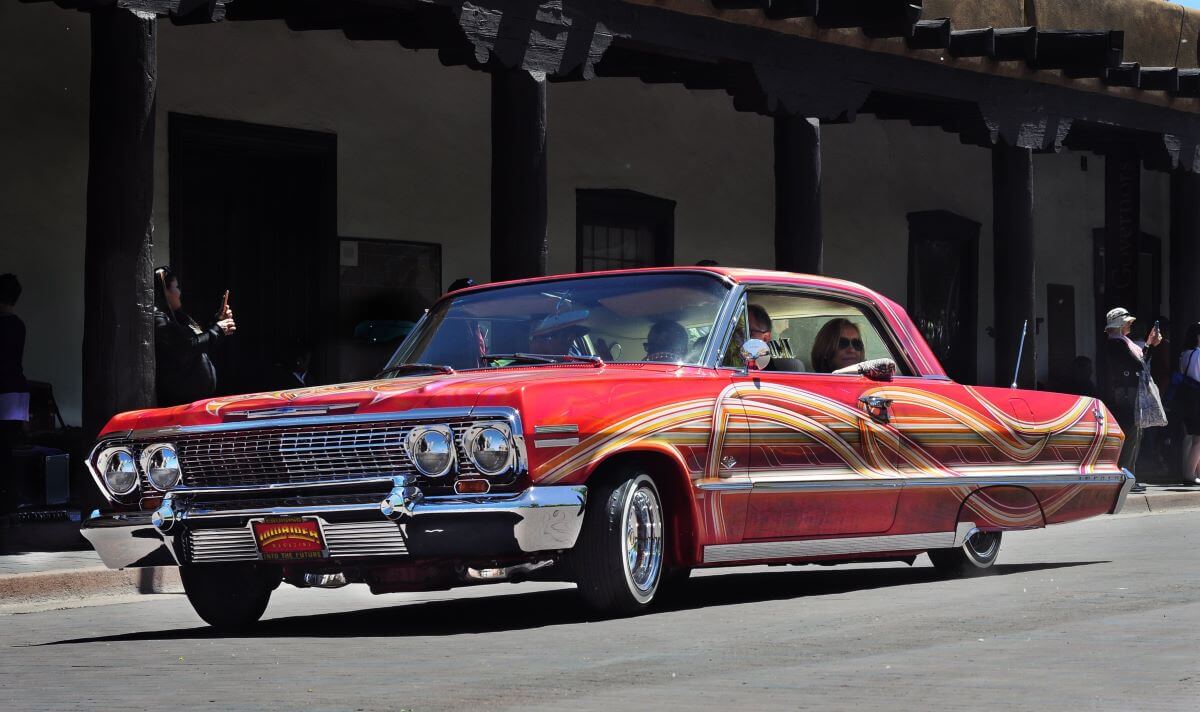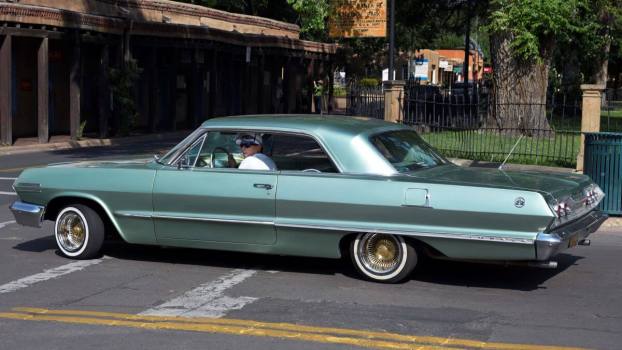
Is It Illegal to Drive a Lowrider?
A lowrider is a customized car with its suspension modified to lower its ride height. These cars often have elaborate paint jobs, chrome detailing, and hydraulic systems that allow the vehicle to “dance” by bouncing or tilting from side to side.
Even if you’re not a car enthusiast, you probably have seen and know what a lowrider is, but they’re very rare and can be illegal in some cases. So, that brings us to our next question: is owning or driving a lowrider illegal?
The legal battles that lowriders have had
In the U.S., lowriders have had a complicated legal history, particularly in California. California law enforcement agencies often targeted lowriders, citing them for violations such as having illegal modifications, excessively tinted windows, or loud exhaust systems. In response, lowrider enthusiasts organized and fought for their right to own and drive their customized cars.
According to NPR, “In the late 1950s, California enacted a state law regulating lowriders. And in the late 1980s, the state began permitting cities and towns to put in place cruising bans over fears of traffic congestion and crime, lawmakers said.” Lowrider enthusiasts have maintained that the ordinances aimed at reducing cruising unfairly discriminated against Latinos.
Last year, a resolution was passed unanimously by both houses of the California Legislature, which called for towns and cities in the state to lift their cruising bans. However, this resolution was not legally binding and did not mandate any municipalities to take action.
Hydraulic laws in other states

While California has been the epicenter of the legal battles over lowriders, other states and cities have also outlawed the practice. Drivers interested in owning or driving a lowrider should check with their state and local ordinances to ensure they comply with the law.
For example, Legal Beagle states that vehicles with less than a 100-inch wheelbase in Utah may have a mechanical lift of 2 inches and an increase in height of 2 inches with oversized tires. Meanwhile, in Louisiana, you can drive lowrider vehicles on streets and highways if they comply with the minimum and maximum requirements for the height of headlamps.
The problems with lowriders
In addition to the legal challenges faced by lowriders, owning and driving these customized cars can come with several issues. For one, modifying a vehicle to become a lowrider can be expensive because it requires special equipment and labor.
Additionally, maintaining a lowrider can be costly due to the wear and tear on the car’s suspension system, which is more susceptible to damage from uneven roads and speed bumps. The lowered ride height can also limit the car’s speed and steering, making it less practical for everyday use.
Finally, the unique design of lowriders can also make them more challenging to repair or find replacement parts, adding to the overall cost of ownership.
The challenges and significance of lowriders
Even though owning and driving a lowrider is not inherently illegal, there have been legal battles and challenges associated with customizing these cars. Nonetheless, if you’re passionate about the lowrider subculture, these challenges do not diminish these highly customized vehicles’ cultural significance and pride.




